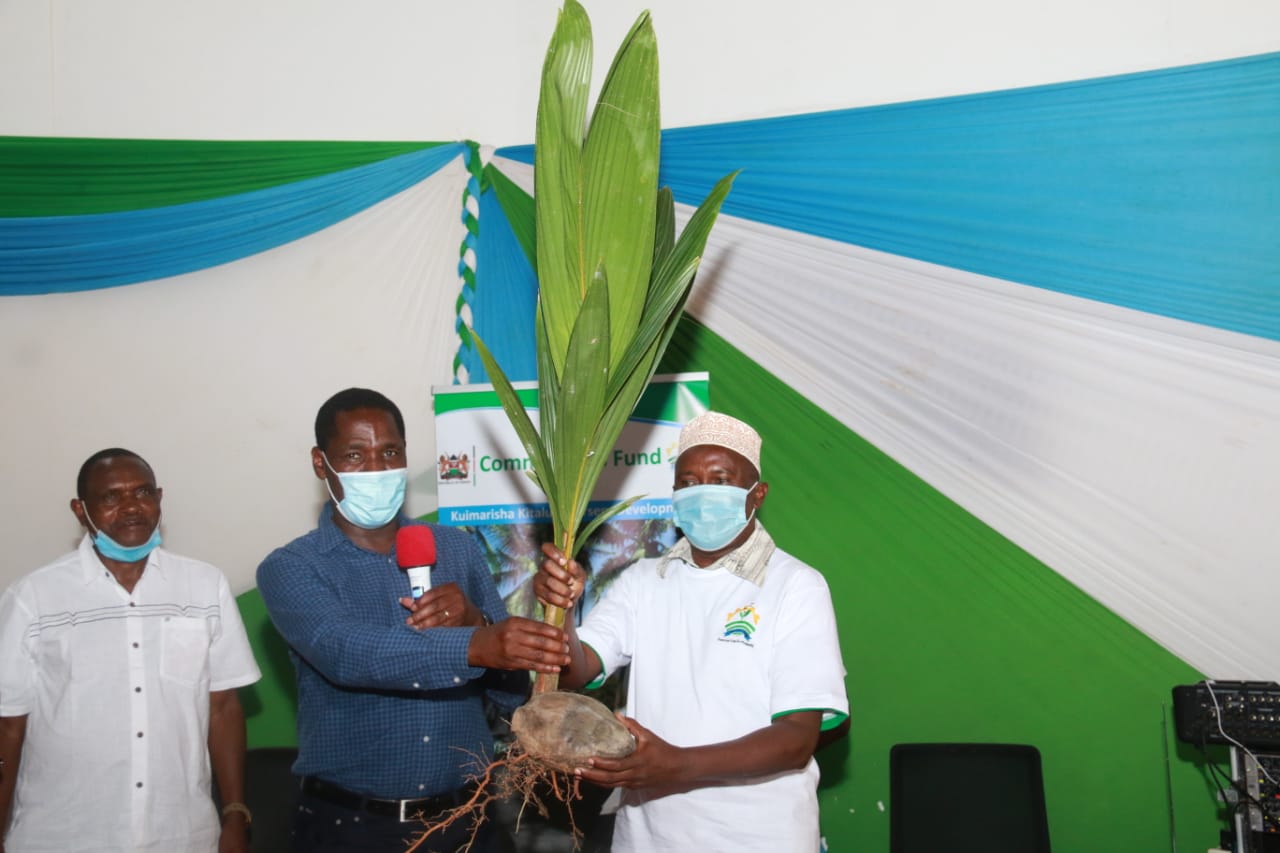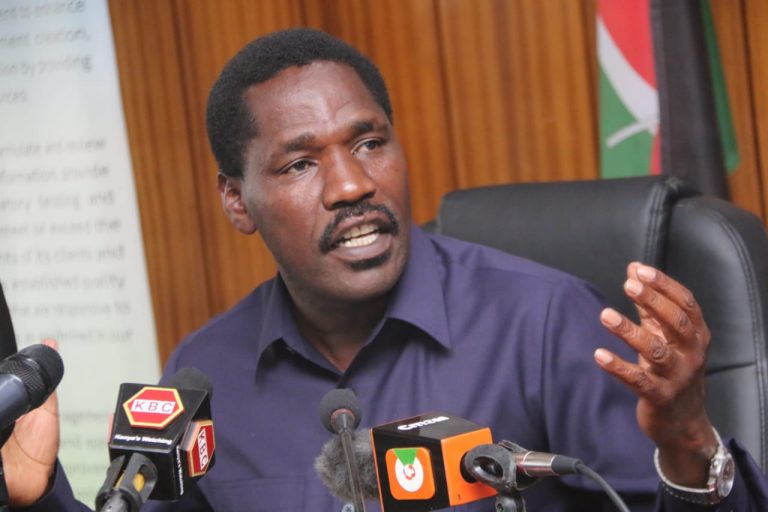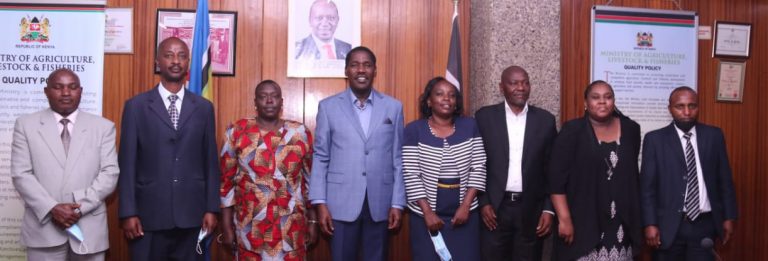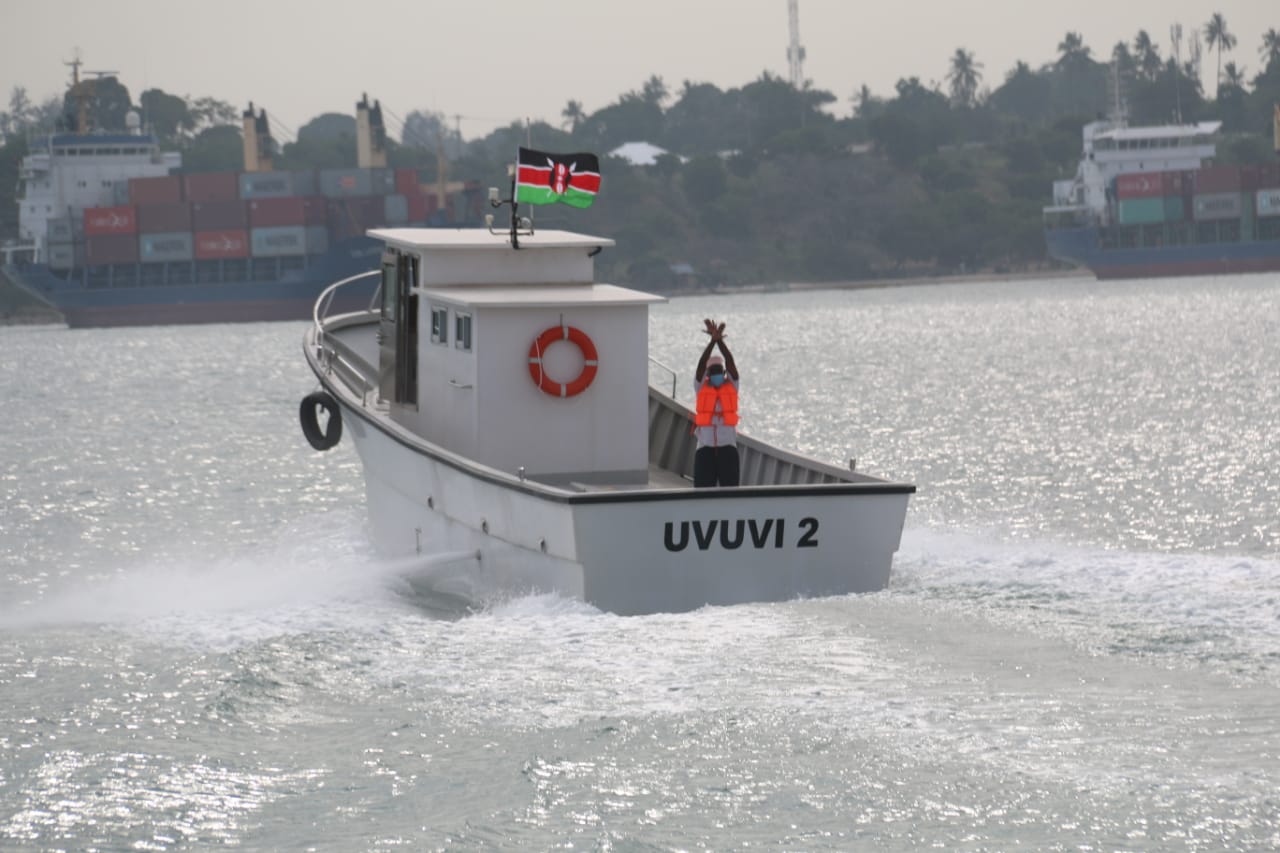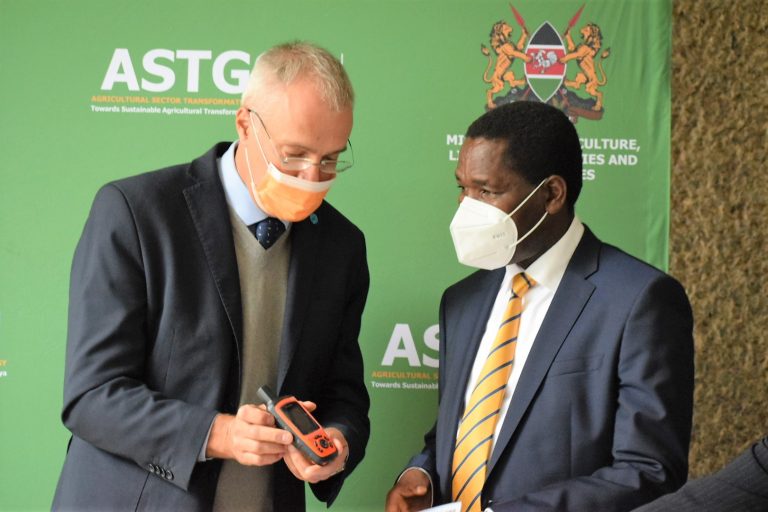The Coconut crop in the Coastal region is highly valued. However, commercialization of the crop has not been up to expectations with the sub-sector being depicted as “the sleeping giant” by Agriculture Minister Peter Munya. It earns a revenue of Kshs. 13 Billion Kenya Shillings, which is about 1.5 per cent of the Agricultural GDP and 0.4 Per cent of Kenya’s GDP. It also provides livelihoods to an estimated 150,000 households but with the potential of earning over Kshs. 25 billion annually, while creating more than 100 thousand new employment opportunities, directly and indirectly, according to the CS.
According to the Agriculture Ministry, production of coconuts obtained from over 10 million trees is way too low to sustain desired and meaningful value chains. The Coast region produces 35 Nuts per tree annually while the potential is well over 150 Nuts. This is because most of the trees tend to be old and have thus become redundant over time.
However, the Ministry of Agriculture has embarked on a vigorous development programme to avail the necessary inputs to enable the replacing of the existing trees with younger and better high yielding Coconut varieties. A few weeks ago, Principal Secretary in charge of Crops Development and Agricultural Research, Prof. Hamadi Boga distributed five hundred thousand coconut seedlings with the Ministry saying it will keep on providing such support. CS Munya has also directed Agricultural Institutions under his Ministry to work hand in hand with the County Governments and avail more seedlings to the farmers in the coastal region. An additional thirty thousand Coconut seedlings will also be availed by the Commodities Fund for planting during the on-coming planting season.

Agriculture CS Peter Munya says the government has more plans for the coconut sub-sector. “Once we increase coconut production, we must invest in value addition. This means working together at both levels of Government and with the private sector to provide an enabling environment and necessary tools for the establishment of a vibrant and thriving Coconut value chain. To build a resilient environment for value addition, it is the responsibility of both levels of government to establish and implement the supporting policy framework and the existing laws. I have initiated processes to relook the legal framework that currently regulates the Crop sector. It is my observation that since 2014 when various Agricultural bodies which were regulating individual Crops were merged, these sub-sectors ceased getting the attention they deserved. This has led to poor policing, research, and support activities to these subsectors. I am also aware that the last time we took a Census of the Coconut sub-sector was way back in 2013 when we used to have the Kenya Coconut Development Authority. This means that we currently do not have any reliable data to make policy decisions. Therefore, I have initiated efforts to reform the current legal framework and invited input to some of the proposed draft bills that I have released to the public in line with the constitutional requirement for public participation. A bill to realize a stable Commodities Fund is also due for public participation with amendments to the Crops Act, 2013 planned to ensure farmers needs for affordable credit are aptly met and addressed. I am appealing to the coastal county governments to support these regulatory reforms for the overall benefit of the agricultural producers and related value chain players,” says Munya.
Munya also says that the Government has established a Coconut Revolving Fund to be administered under the Commodities Fund with an initial capital of Kshs. 100 Million. The CS directed the Chairman of the Board of Trustees at the Commodities Fund, Hon. Samsom Okioma, and the Managing Trustee, Nancy Cheruiyot, to operationalize this facility immediately to enable the producers and processors in this subsector to start enjoying the loan facilities to expand their farms and processing units.
“And to the beneficiaries of this facility, remember this is a revolving Fund. You have the responsibility to utilize it for the purpose to which it has been established, and return the funds advanced, for it to benefit others,” says Munya.


